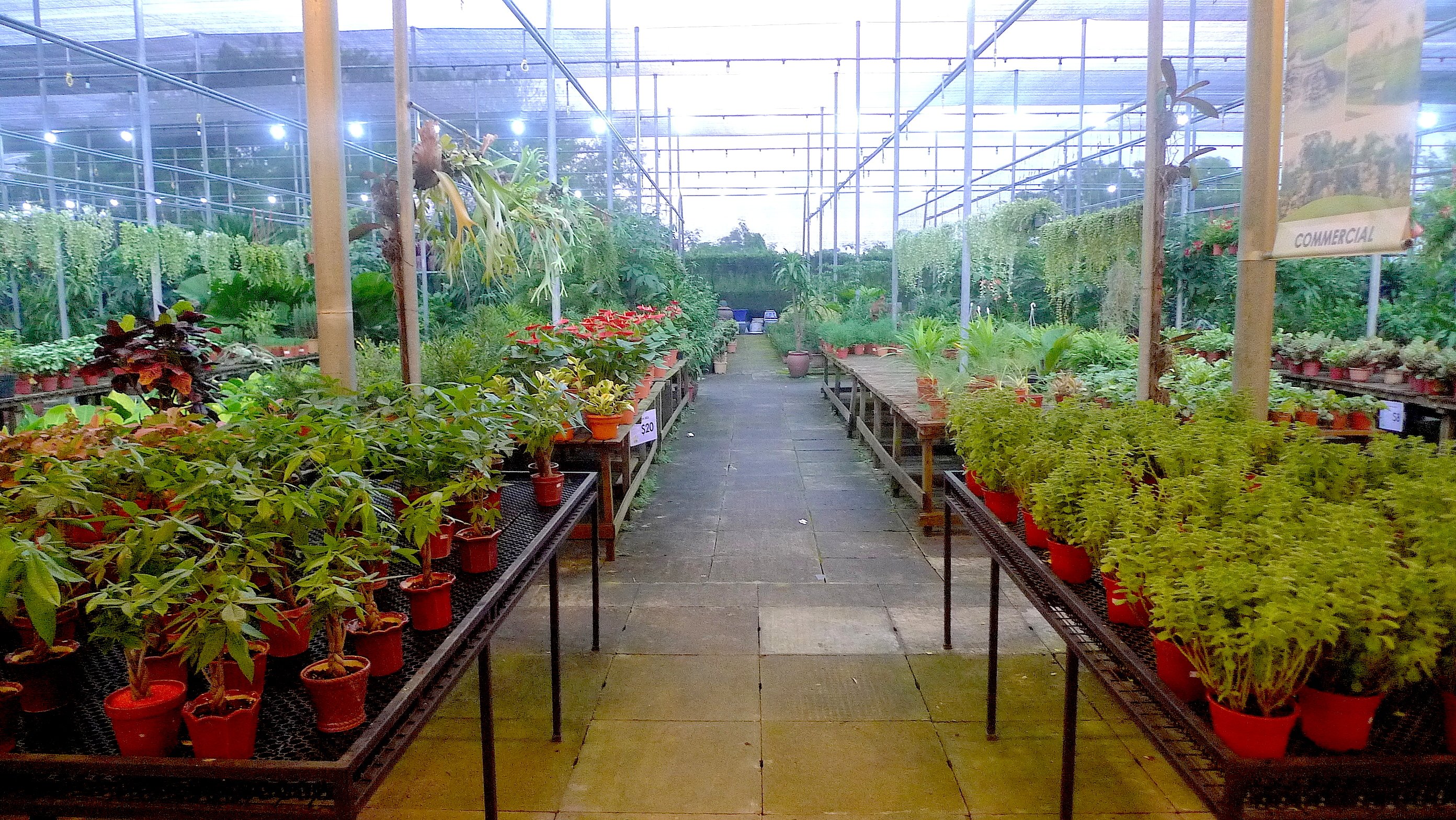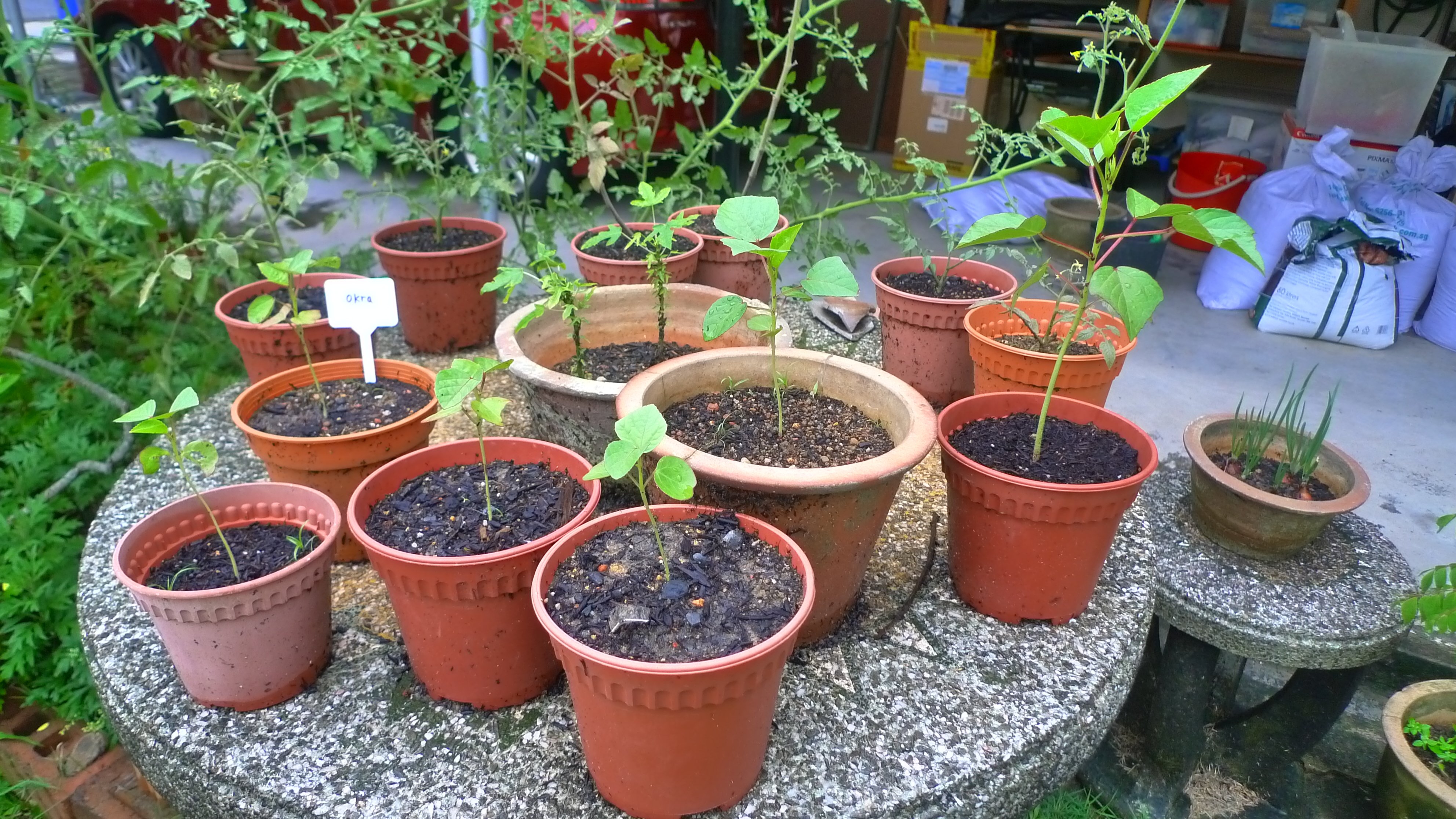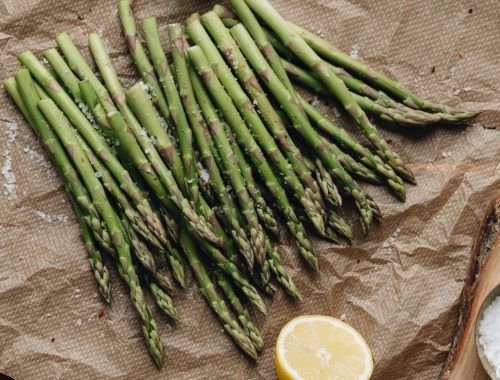So you have bought some plants from a nursery, or maybe someone has gifted you a plant, and you now have to figure out where to put it. You decide to maybe to look online and then you begin a process of trial and error, or perhaps you still can’t figure out why plants are just not performing. My family does this at home too, we play musical chairs with our plants sometimes, and it makes perfect sense.
As the seasons change, the sun direction changes also, for example, the sun sits higher in the sky during summer. So for the plants that we put in the ground, we have to be very sure of where to place it that season. Most of the plants we have in Singapore are in pots, so we can move them around as necessary. Also, we have a sunny, yet cooler area that we have created using shade cloth, absolutely necessary during the hot and sunny summer months.
In Australia, Dan and I mainly plant in the ground and practice crop rotation among our 8 garden beds. During summer, we have a designated shady bed for our lettuce, otherwise it will be too bitter for consumption. Some plants will bolt to seed in warmer conditions, coriander is one example.
Here is some advice that I would like to share from personal experience as well as from speaking to others and through my own research:
1. Plants with big leaves prefer shade, those with small leaves like sun. However, there are some exceptions, such as the Papaya plant. It has relatively large leaves and it is sun-loving. It can be grown in the shade too, but its flavour will be greatly compromised. Also, mint plants have small leaves, and they like morning sun, not so much the afternoon sun, and they like lots of water. There are lots of plants suited to cooler climes but are able to thrive here given the right microclimate.
2. Observe how sunny, windy, humid, hot or cool your balcony, corridor, window sill or other spaces are at different times of the day. Some apartments might get a whole lot of wind, or heat or not enough sun. Occasional wind helps to strengthen the plant, but overly windy conditions can affect the growth of plants, and cause soil to dry out. Shade cloth can be used as a wind break depending on the type of space, or you can also shop for bigger plants for use as wind protection also. Bjorn Low of Edible Gardens was telling me that he would recommend Mediterranean herbs like Rosemary, which like dry weather and won’t mind the wind so much. For heat, I would definitely recommend shade cloth to cut out the sun, and for darker spaces, you can experiment with the use of mirrors, as this Siberian lady has done.
3. Create the right microclimate for your plants. Permaculture teaches us that it is beneficial to mimic the forest in the way we plan our growing spaces. After doing the research you need in order to determine the growing conditions that your plants prefer, and figuring out the amount of sunlight, wind, and temperature range in the spaces of your home, it’s time to move your plants accordingly. Create shade where necessary, and be space-smart by growing with trellises where relevant. If you choose to have climbing plants, they could also be planned such that they shade your other plants.
After getting your plants, you might choose to repot them, this is up to you. If the pot is a bit on the small side and I know it has the capability to grow much larger, I will usually repot it using a 50-50 mix of soil and compost, teasing the roots out a little bit beforehand, and when I’m done, I give it a good watering in. And to keep my plants nice and healthy, I feed them worm tea mixed with water, or diluted seaweed extract each week.
All the best settling in your new plants, and happy growing!




No Comments